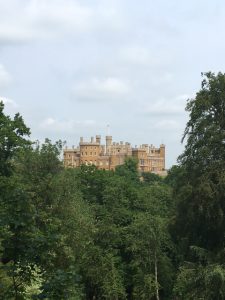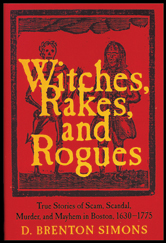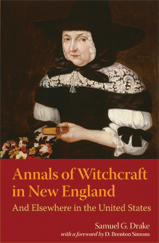
My Simons ancestors came from a picturesque region in England known as the Vale of Belvoir (pronounced “Beever,” and meaning “beautiful view,” from the French), found at the intersection of three counties: Leicestershire, Nottinghamshire, and Lincolnshire. I recently had the pleasure of visiting the Vale with my uncle, Herbert Simons, to become acquainted with the towns and villages where our paternal ancestors lived from time immemorial. Records of the Simons family (variously spelled Simon, Simond, Symonds, Simons, etc.) stretch back in the Manor of Langar as far as 1340, when it was noted that William Simond “has one messuage and one bovate for homage and fealty and pays five shillings at Saint Martin’s and Pentecost …” Continue reading A beautiful view



